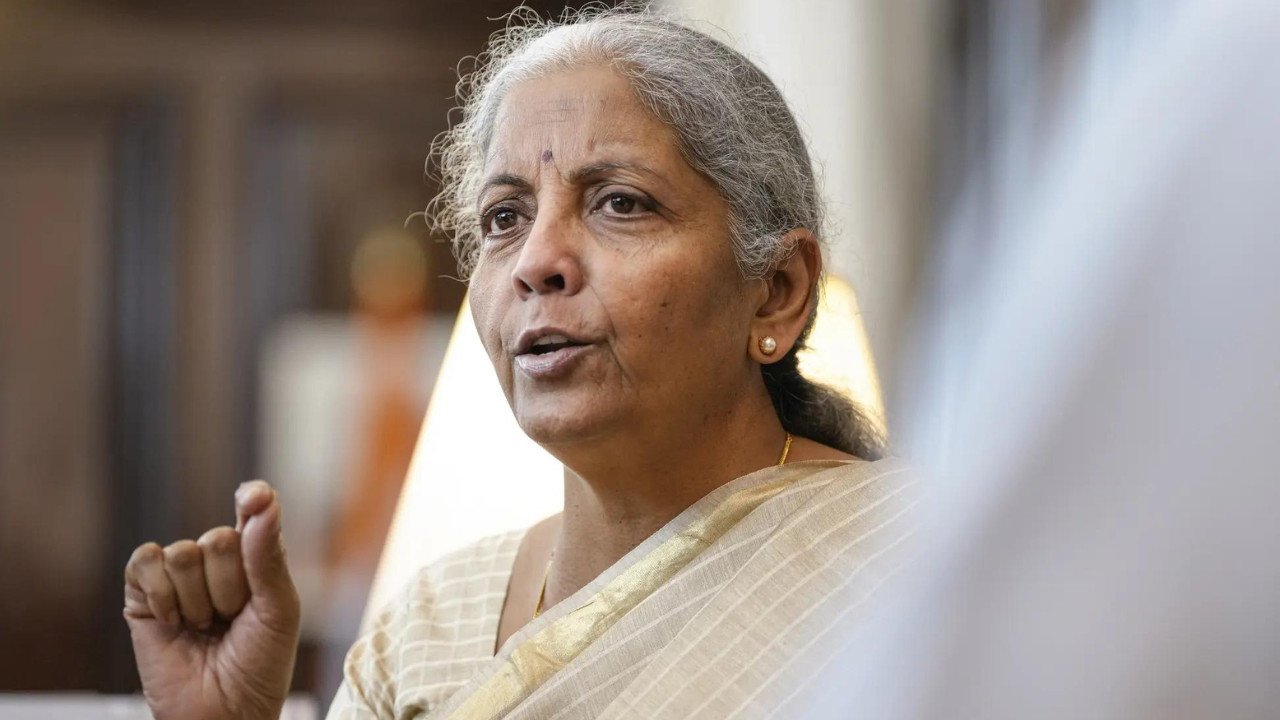Despite increased US tariffs on crude oil trade with Russia, India is reassessing its market access offers to the US, aiming to finalize a trade deal this month. While committed to protecting its agricultural and dairy sectors, India is exploring improvements in other areas.
Navigating the Tightrope: India’s Stance on a Potential US Trade Deal
The air crackles with anticipation. The prospect of a significant trade deal between India and the United States hangs in the balance, even as the specter of potential tariffs looms large. It’s a high-stakes game of economic chess, and India is carefully considering its moves, weighing opportunities against potential pitfalls. With the ever-present “America First” policies potentially resurfacing, navigating this landscape requires a delicate balance.
For months, whispers of renewed trade negotiations have circulated, fueled by both countries’ desire to strengthen their economic partnership. However, the shadow of past disagreements, particularly during the previous administration, casts a long shadow. Those disagreements centered on market access, tariffs, and agricultural exports, creating friction points that need careful addressing this time around. India is approaching these negotiations with a clear understanding of its own priorities and red lines, particularly concerning agriculture and dairy.

India’s Strategic Review of Market Access
Behind closed doors, Indian policymakers are meticulously reviewing the market access offers they might extend to the US. This isn’t just about opening doors; it’s about ensuring a level playing field and protecting the interests of domestic industries. Sectors like pharmaceuticals, technology, and manufacturing are all under the microscope. The goal? To identify areas where increased trade can benefit both nations without undermining India’s economic sovereignty or disadvantaging local businesses. The government’s commitment is to a deal that is mutually beneficial, not one that comes at the expense of Indian livelihoods.
This strategic review includes a deep dive into potential concessions, balanced against the need to protect sensitive sectors. The government understands the allure of the American market for Indian businesses. They want to make it easier for Indian firms to export goods and services to the United States, and increase cooperation on trade-related issues.
Red Lines in the Sand: Protecting Agriculture and Dairy
India’s agricultural and dairy sectors are not just industries; they are the backbone of the rural economy, supporting millions of livelihoods. These sectors are also politically sensitive, and any trade deal that threatens them is likely to face fierce opposition. The Indian government understands this, and has made it clear that these areas are non-negotiable. Demands for greater access for US agricultural products, especially dairy, are unlikely to be met with open arms.
This stance reflects a commitment to protecting the interests of Indian farmers and dairy producers. It also acknowledges the unique challenges faced by these sectors, including small farm sizes, limited infrastructure, and vulnerability to climate change. Opening the floodgates to cheaper imports could devastate these communities and undermine India’s food security. The government’s stance on agriculture is critical to a successful and equitable India US trade deal.
Navigating the Trump Card: Tariffs and the Future
The elephant in the room is the potential return of tariffs. The previous administration’s penchant for imposing tariffs on imports created significant uncertainty and disrupted global trade flows. While the current US administration has adopted a more nuanced approach, the possibility of tariffs being used as a negotiating tactic cannot be ruled out. India is acutely aware of this risk and is preparing for all contingencies.
One strategy involves diversifying trade relationships and strengthening ties with other key partners, such as the European Union, Japan, and ASEAN countries. This reduces India’s dependence on any single market and provides alternative avenues for growth. Another approach is to continue pursuing domestic reforms aimed at improving competitiveness and attracting foreign investment.
Building a Stronger Economic Partnership
Despite the challenges, there’s a genuine desire on both sides to forge a stronger economic partnership. The potential benefits of increased trade and investment are simply too significant to ignore. By focusing on areas of mutual interest, addressing concerns in a transparent and constructive manner, and avoiding protectionist measures, India and the US can pave the way for a mutually beneficial trade deal that unlocks new opportunities for growth and prosperity. This requires a commitment to dialogue, a willingness to compromise, and a shared vision for a future where trade serves as a bridge, not a barrier, between nations. This will likely involve the careful crafting of an India US trade deal that balances competing interests.
Ultimately, the success of any trade deal hinges on its ability to deliver tangible benefits to both countries. It must create jobs, stimulate innovation, and promote sustainable economic growth. It must also be fair, equitable, and sensitive to the needs of all stakeholders.
The road ahead may be bumpy, but the destination – a robust and mutually beneficial trade relationship – is worth striving for. It’s a complex dance, requiring careful steps and unwavering resolve.
Conclusion
The future of the India-US trade relationship hangs in the balance, contingent on delicate negotiations and a careful balancing of interests. While challenges remain, the potential rewards are significant. A successful agreement could unlock new avenues for economic growth and strengthen ties between these two global powers. The next few months will be crucial as both sides work to bridge their differences and forge a path towards a mutually beneficial trade deal.







